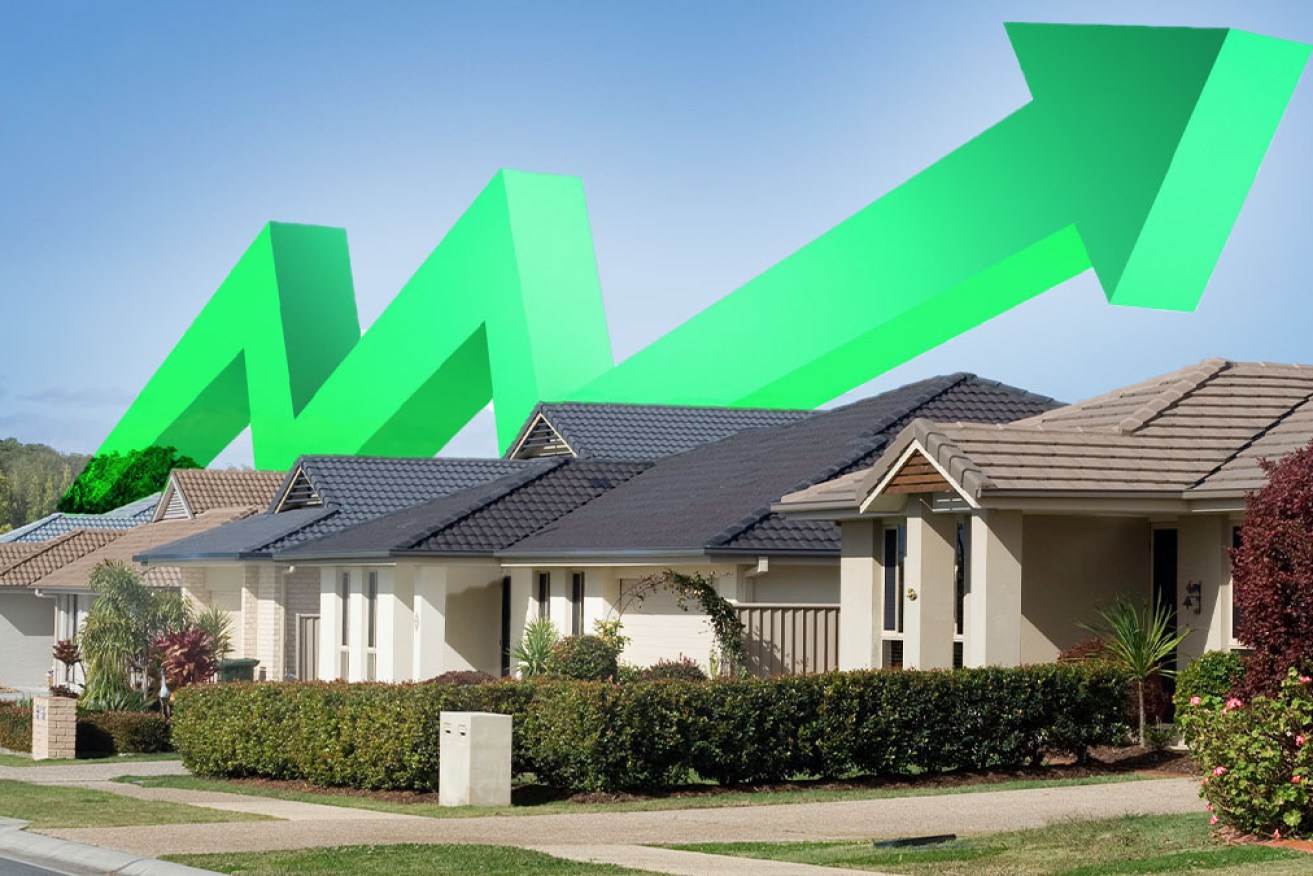Self-managed super cash going into real estate is ballooning along with home prices


Well healed self-managed super fund investors are helping push up an overheated market Photo: TND
Lending to self-managed superannuation funds for property ballooned by 18.5 per cent last year as investors chased soaring house prices.
Limited recourse SMSF loans – those used to buy property – grew by $12 billion to $65.8 billion.
That rise was about the same as the growth in household lending overall, as measured by the ABS, of 18.2 per cent.
Unusually, owner occupier loans only rose by 3.4 per cent, according to the ABS.
Given that SMSF loans can only be utilised for investment property, strong rises in investor loans were seen both in the SMSF sector and in loans made to investors outside super.
Independent economist Stephen Anthony, who is also former chief economist with Industry Super Australia, said the big move up in SMSF lending reflected, “high net worth individuals wanting to pick up assets and structure them in such a way to take advantage of advantages delivered by the tax system”.
Along with the jump in SMSF lending were similar levels of growth in residential and commercial property ownership. T
The first jumped by 19 per cent and the second by 17 per cent.
The figures show that property was the strongest performing sector for SMSFs with shares held in the funds growing in value by 12.6 per cent.
Cash and term deposits in funds actually fell value by 1.5 per cent to $147.78 billion as low interest rates encouraged SMSF members to move into growth assets.
Dr Anthony said that the SMSF figures highlighted the advantages those investors have over regular superannuation funds.
“Remember that other investors in superannuation can’t use debt and that will make a huge difference in terms of returns later,” he said.
That is because members of traditional funds can only make contributions using cash from wages or savings.
They can’t borrow in those super funds to boost returns the way SMSF investors can.
Making things worse
The effect of those SMSF borrowings helps push up, “a supercharged property market and just makes things worse,” Dr Anthony said.
“That is particularly so because much of that borrowing just chases existing properties,” he explained.
“It’s just another subsidy for high income earners that should be reallocated elsewhere.”
Figures from CoreLogic show that housing prices across the country rose by an average of 22.1 per cent in 2021.
If the SMSF investment loans were directed into buying new properties then they would help east the housing shortage by helping finance new construction, Dr Anthony said.
The figures on borrowing to buy property through SMSFs are very compelling for those in a position to use it.
“If you borrow $200,000 in super and you put down 20 per cent [as a deposit] then you’ve got 100 per cent of the property working for you,” said Stephen Lazar, principal of advisory group properT network.
That means all the capital growth the property experiences goes to the SMSF owner, while rent from the tenant pays off the loan.
Interest and many costs of holding the property are also written off the taxable income earned by the property.
Some costs, like depreciation charges, which can be significant on a new property, are only deductible against super contributions. So it’s best to get detailed advice on the taxation situation of such investments.
Reduced tax liability
Given that income tax on super funds is only 15 per cent, tax bills are significantly lower than for a similar property held outside a super fund.
Also, if the property is sold then capital gains are taxed at only 10 per cent, or zero if the SMSF owner is in retirement.
Despite the rise in SMSF loans in the last year, “very few banks are now lending for that now,” Mr Lazar said.
“As a result investors increasingly use intermediary groups to get finance,” he said.
SMSF money can also now be used to finance new properties that provide accommodation for people with disability under the National Disability Insurance Scheme (NDIS), Mr Lazar noted.
Once a property is built and certified suitable for the NDIS the government pays rent.
“Yields can be as high as 12 to 18 per cent,” Mr Lazar said.
Such arrangements mean SMSF investments are no longer competing for existing properties in the market against home buyers.
The New Daily is owned by Industry Super Holdings








